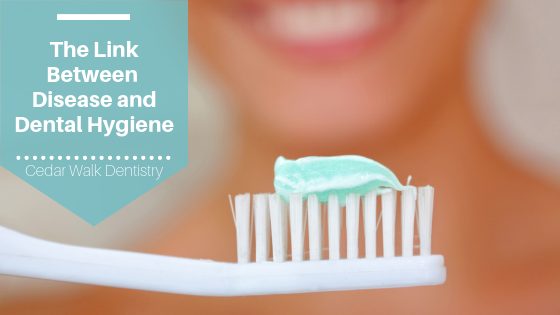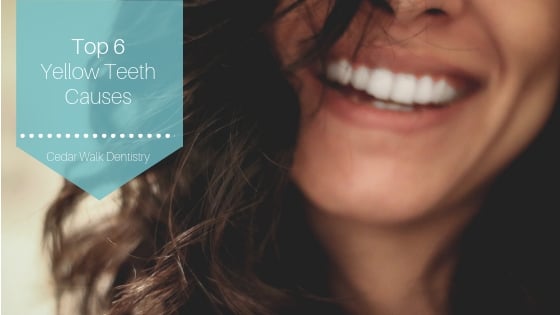Top 6 Yellow Teeth Causes

Beyond Tooth Decay: Why Good Dental Hygiene is Important
December 18, 2018
What is an Oral Detox Plan?
January 23, 2019Top 6 Yellow Teeth Causes
 Dr. Prashant Rao, DDS, a Charlotte native and NYU-trained dentist, specializes in esthetics, dental implants, and preventative dentistry.
Dr. Prashant Rao, DDS, a Charlotte native and NYU-trained dentist, specializes in esthetics, dental implants, and preventative dentistry.
Ever looked in the mirror and wondered how your teeth got so yellow? Many of us have. Because yellowing can happen gradually, it can easily go overlooked. Luckily, yellowing teeth are not a sign of a serious medical condition. And while it may be disheartening and confidence-shattering to feel like you’ve lost your best accessory—your bright, white smile—you can get it back. For starters, be aware of what causes yellowing, and how you can avoid or limit exposure to those things.
 REASON #1 You’re Getting Older
REASON #1 You’re Getting Older
Your teeth can also start yellowing as a natural part of the aging process. This happens as the strong, white protective coating on teeth, known as enamel, fades over time because of everyday wear and tear on your teeth.
REASON #2 You’re a Smoker
Tobacco products, from cigarettes and pipe smoke, stain teeth. If you consume these products, your teeth will darken over time.
REASON #3 Your Oral Hygiene Is Lacking
When you do not routinely brush, floss and rinse your mouth to remove plaque build-up and tartar, this can hasten the discoloration of your teeth.
REASON #4 You’re on Medication
Certain medications, such as the antibiotics doxycycline and tetracycline, can darken the teeth of children younger than 8 years old. Some antihistamines, drugs for high blood pressure and antipsychotic medications can also stain adult teeth. Go over any such potential side effects of the medications you are currently, or may start taking, with your physician.
REASON #5 You Have an Illness
A less common cause of tooth discoloration can be either a disease that affects enamel, or the treatment of a disease, such as chemotherapy and/or radiation used to treat cancer. In this case, the discoloration is more of a brownish color.
REASON #6 The Yellow Is in Your Genes
It also may be possible that you inherited enamel that is more yellow than that of other people whose genes differ. If you notice your teeth are more yellow than you’d like, you can fix the issue by using any number of whitening strips, toothpastes and rinses to restore your bright smile.
Practice Recognitions
Recent Posts
- How Long Do Same-Day Crowns Last?
- Top Cosmetic Dental Procedures: Start 2025 With a New Smile
- What is a Zirconia Crown
- How To Know If You Need a Root Canal
- Invisalign FAQ: Your Top Questions Answered!
- Invisalign vs. Smile Direct: What Is The Difference?
- Itchy Gums: Causes, Relief, and Prevention
- The Benefits of Dental Implant Surgical Guides
- Wisdom Teeth Removed: 5 Signs You May Need to Remove Yours
- Tips For Wisdom Teeth Pain Relief: All You Need To Know




